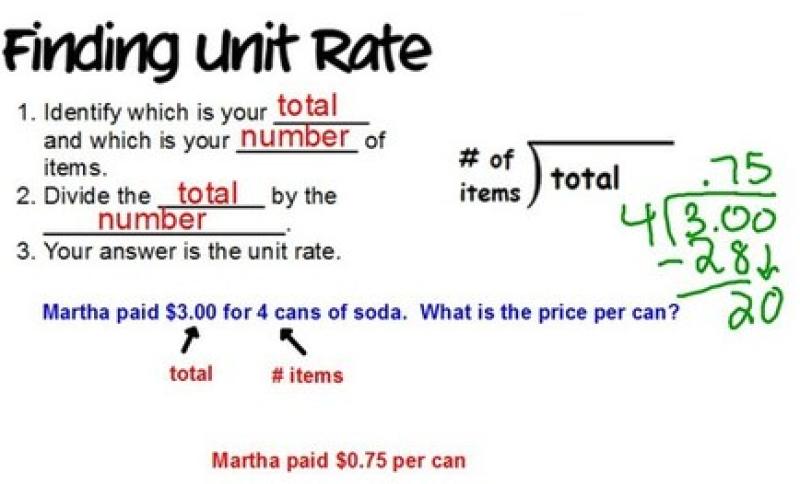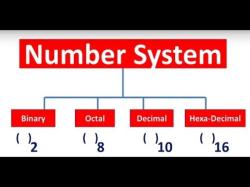Which rate is an unit rate?
An unit rate is a rate in which the denominator or second term of the ratio is 1. It essentially compares a quantity to 1 unit of another quantity. In other words, it tells you the cost, amount, or rate for a single unit of the given quantity. For example:
- Price Per Item: $5 per apple (cost of 1 apple)
- Speed: 60 miles per hour (distance covered in 1 hour)
- Efficiency: 4 gallons per minute (amount used or produced in 1 minute)
- Cost: $10 per hour (expense incurred for 1 hour)
In each case, the rate is expressed as a quantity of something (miles, dollars, gallons, etc.) in relation to a single unit of something else (hours, items, minutes, etc.), making it an unit rate because the denominator is 1. These unit rates are particularly useful for comparison and calculation purposes, as they standardize the rate to a common unit quantity.
Defining unit rates and their application in various measurement systems
A unit rate is a rate that expresses a quantity in terms of one unit. It is a ratio of two quantities with the same units, such as miles per hour (mph), dollars per pound ($/lb), or grams per liter (g/L). Unit rates are used in various measurement systems, including the International System of Units (SI) and the United States customary system.
Identifying unit rates by comparing quantities with the same units
To identify a unit rate, compare two quantities with the same units. For example, if you know that a car travels 200 miles in 5 hours, you can calculate the unit rate as follows:
Unit rate = 200 miles ÷ 5 hours = 40 miles/hour
This means that the car travels at a rate of 40 miles per hour.
Calculating unit rates using ratios and proportions
Unit rates can also be calculated using ratios and proportions. A ratio is a comparison of two numbers without units, while a proportion is an equation stating that two ratios are equal.
For example, if you know that a recipe calls for 2 cups of flour for every 3 cups of sugar, you can represent this as a ratio:
2 cups flour : 3 cups sugar
To find the unit rate for flour, you can set up a proportion:
2 cups flour / 3 cups sugar = x cups flour / 1 cup sugar
Solving for x, we get:
x = (2 cups flour) / (3 cups sugar) * (1 cup sugar) = 2/3 cups flour
Therefore, the unit rate for flour is 2/3 cups flour per 1 cup sugar.
Converting between different units to determine unit rates
Sometimes you may need to convert between different units before you can calculate a unit rate. For example, if you know that a car travels 120 kilometers in 2 hours, you can calculate the unit rate as follows:
First, convert kilometers to miles:
120 kilometers * (0.621371 miles/kilometer) = 74.56 miles
Then, calculate the unit rate:
Unit rate = 74.56 miles ÷ 2 hours = 37.28 miles/hour
Therefore, the car travels at a rate of 37.28 miles per hour.
5. Real-world Examples of Unit Rates
Unit rates are used in many real-world situations, such as:
Price per unit: When you buy groceries, you often see prices displayed as cost per unit, such as $2.99/pound for apples or $3.50/gallon for milk. Unit rates help you compare prices and make informed decisions about your purchases.
Speed per time: When you travel, you may see speed limits posted in miles per hour (mph) or kilometers per hour (kph). Unit rates help you understand how fast you can travel and plan your journey accordingly.
Density: Density is a measure of how much mass is contained in a given volume. For example, water has a density of 1 gram per cubic centimeter (g/cm³). Unit rates help you compare the density of different substances.
By understanding and applying unit rates, you can better understand and interpret information in various contexts.













